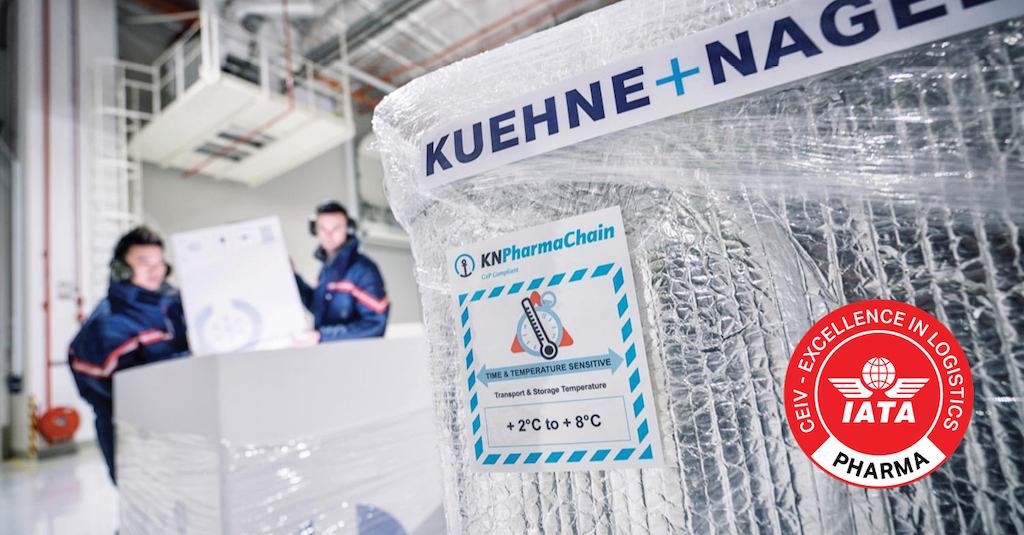Jumbo has shipped two Ship-to-Shore container cranes, together weighing in excess of 1,500 tonnes, from Taicang in China to the Port of Immingham, on the UK’s east coast.
The completion of the project marks the first time that two cranes of this size have been transported together on a single heavy lift vessel.
Jumbo’s client for this contract was Chinese crane manufacturer Nanhua International, delivering the cranes to their final destination of the Associated British Ports-operated Port of Immingham.
In mobilising one of its J-class heavy lift vessels – the Fairpartner – to perform this container crane transport, Jumbo has broken new ground regarding the transport capabilities of its fleet. The two cranes weighed 788 and 810 tonnes apiece, both with heights just under 75 metres above deck.
The footprint of the cranes called for some intuitive engineering skills in loading: “We used the vessel’s own deck-mounted cranes to lift the first container crane onto temporary rails placed in the middle of the deck,” explained Jumbo’s Senior Project Engineer Otto Savenije.
“We then moved the container crane forward to its stowage position behind the ship’s accommodation.”
To make this possible, however, Jumbo had to widen the portside of the deck by using the vessel’s own tweendecks as deck extensions. “This created the additional 6.1 metres necessary to hold the rails. However, to offset that extra weight on the portside, we had to position a 100-tonne counterweight on the starboard side during lifting operations.”
Compared to this complex process of loading the first container crane, loading the second container crane to its mid-ship stowage position was a comparatively straightforward process.
The Fairpartner made the voyage from China to Immingham in 36 days, staying below air draught restrictions under the Mubarak Peace Bridge on the Suez Canal by lowering the jibs of the container cranes.
The most technical part of the transport came on arrival at the Port of Immingham. Access to Immingham is gained via a lock that accepts a maximum vessel beam of 26.8 metres.
With a more standard cargo, this would be no problem for the Fairpartner. However, the overhanging deck extensions as well as the protruding jibs of the container cranes meant that this would not be a run-of-the-mill lock passage.
Jumbo’s solution was to raise the jibs of the container cranes and to pass the locks at high tide. “After changing our ballast configuration to stabilise the effect of raising the jibs, this meant that we could pass the locks safely, without risking collision with things like buildings, bollards or lampposts on the quayside,” said Otto Savenije.
The sight of the actual lock passage was undoubtedly impressive, with just 60cm horizontal clearance to the lock wall and 3 metres vertical clearance from the deck extensions to the quayside.
The passage of Jumbo’s Fairpartner through Immingham locks can be seen in this video.

